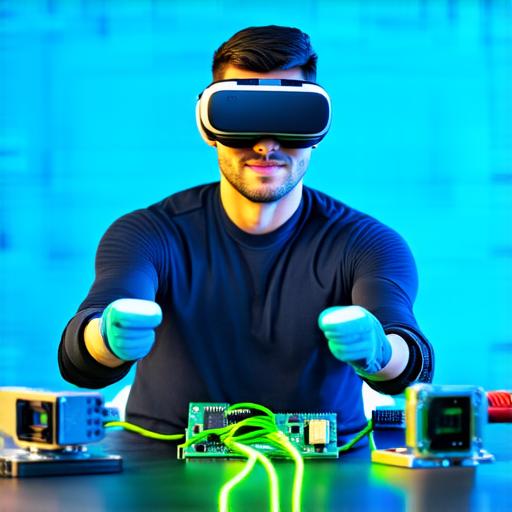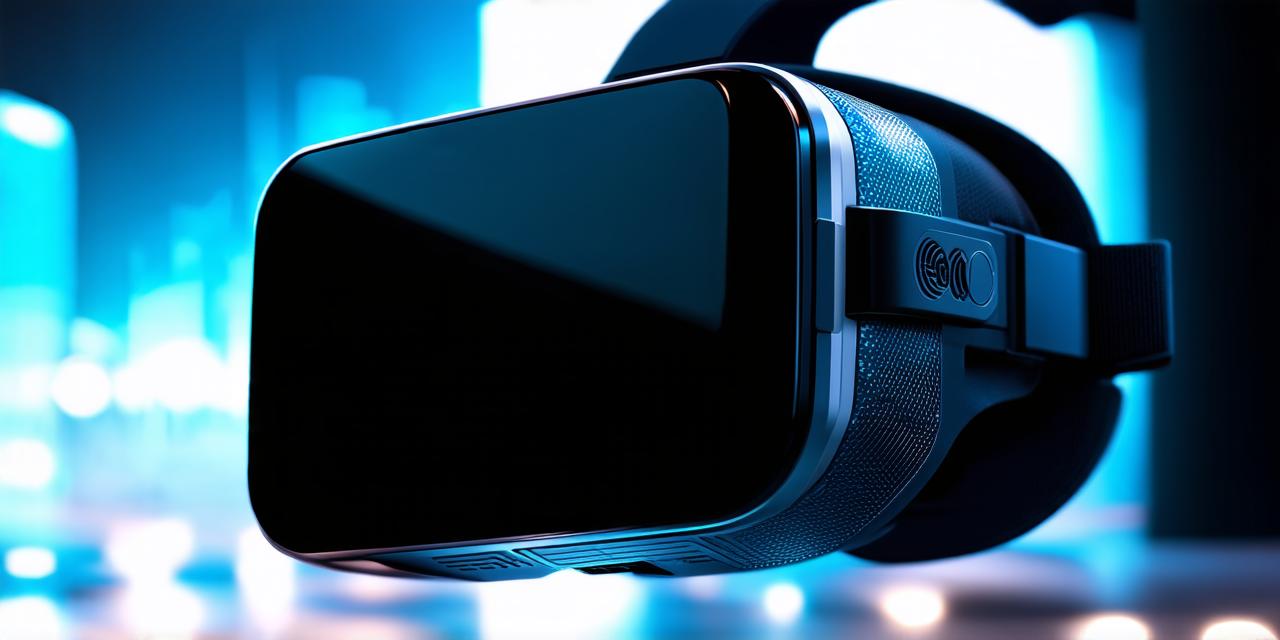Types of VR Devices
There are several types of VR devices available, each with its own advantages and disadvantages. Here are some of the most popular options:
- Mobile VR headsets: These devices use a smartphone as the display, and typically offer lower resolution and less immersive experiences than other options. However, they’re convenient for on-the-go usage, and often come with built-in sensors that allow for motion tracking. Some popular mobile VR headsets include the Oculus Quest 2 and the Samsung Gear VR.
- High-end VR headsets: These devices offer higher resolution displays, more immersive experiences, and better tracking capabilities than mobile VR headsets. They’re generally more expensive, but can provide a much more realistic experience. Some popular high-end VR headsets include the Oculus Rift S, the HTC Vive Pro, and the PlayStation VR.
- All-in-one VR systems: These devices offer a complete VR experience in one unit, with everything you need to get started included in the package. They’re generally more expensive than mobile VR headsets, but can provide a more immersive experience without any setup required. Some popular all-in-one VR systems include the HP Reverb G2 and the HTC Vive Wireless Pro Eye.
- Desktop VR systems: These devices require a separate computer to run, and are typically used for professional applications such as training simulations or 3D modeling. They offer the highest level of immersion and customization, but can be expensive and require significant setup. Some popular desktop VR systems include the HP Reverb G2 and the Dell Precision 7940 Tower.

Choosing the Right Device for You
Now that you know about the different types of VR devices available, it’s time to choose the right one for your needs. Here are some factors to consider when making your decision:
- Budget: VR devices can range in price from a few hundred dollars to tens of thousands of dollars, depending on the features and capabilities. Consider how much you’re willing to spend before making a decision.
- Immersion level: If you’re looking for a highly immersive experience, you’ll want to invest in a high-end VR headset or an all-in-one VR system. Mobile VR headsets and desktop VR systems offer less immersion, but can still provide a fun and engaging experience.
- Motion sickness: Some people are prone to motion sickness when using VR devices, especially if the experience is too immersive or if there’s a lot of movement involved. If you’re concerned about motion sickness, consider using a mobile VR headset or an all-in-one VR system with built-in sensors that can detect and adjust for motion sickness.
- Comfort: VR devices should be comfortable to wear, especially if you plan on using them for extended periods of time. Consider the weight, size, and design of the device before making a decision.
- Space requirements: Some VR devices require a lot of space, while others can be used in smaller spaces. If you have limited space at home or in your office, consider using a mobile VR headset or an all-in-one VR system with built-in sensors that can detect and adjust for space requirements.
- Application needs: Consider what you’ll be using the VR device for. Some applications may require specific features or capabilities, such as high resolution or motion tracking. If you have specific application needs, consider a device that offers those features.
FAQs
Here are some frequently asked questions about VR devices:
- Do I need a powerful computer to run a VR device? While some VR devices may require a powerful computer to run, most can be used with a standard laptop or desktop computer. However, if you plan on using the device for professional applications or gaming, you may want to invest in a high-end computer to ensure optimal performance.
- Can I use my smartphone as a VR headset? While some mobile VR headsets use a smartphone as the display, most do not require a separate phone to function. They typically come with built-in sensors and displays that allow for motion tracking and immersive experiences.
